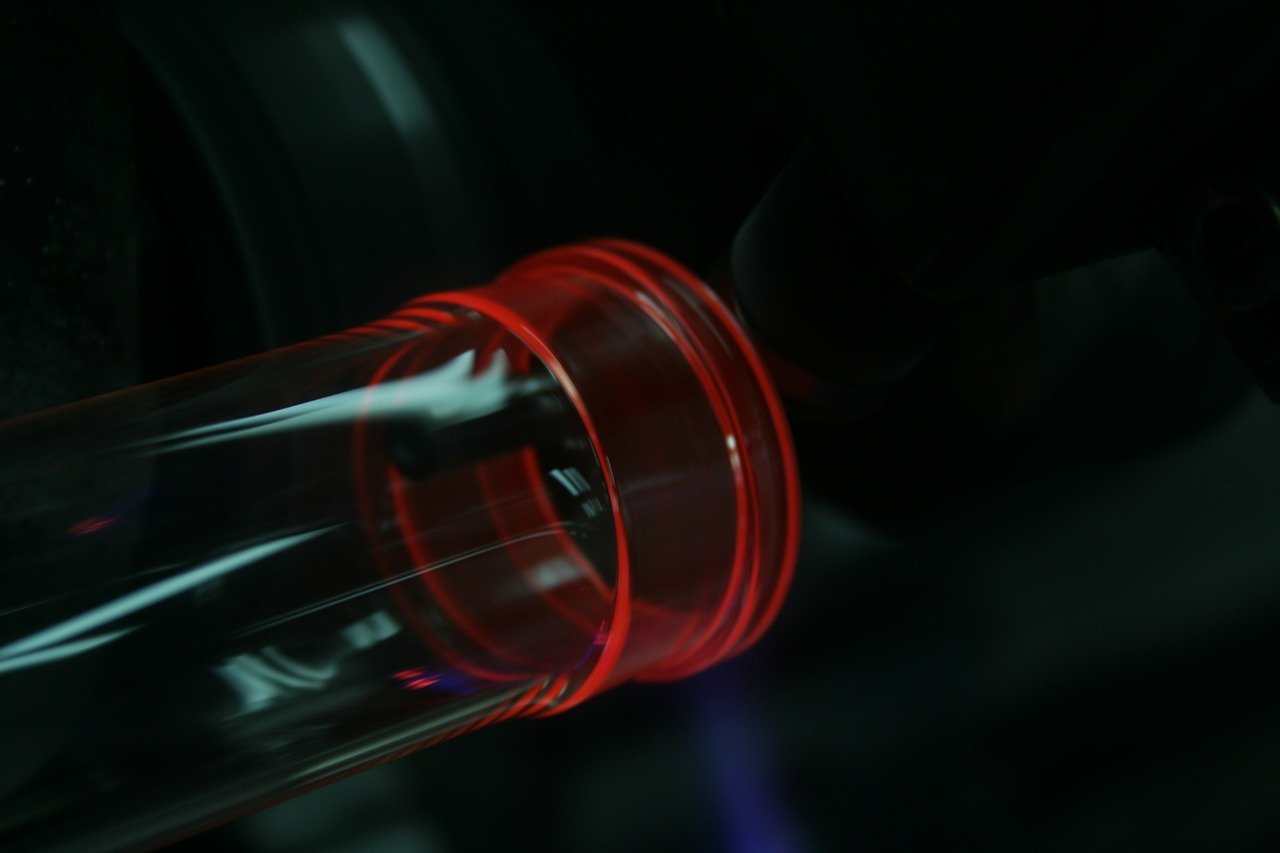Industrial ovens are a part of almost every form of manufacturing. Companies use them to heat treat parts, components, and products. Investing in the right oven can boost product performance and reliability and can generate energy savings. But choosing the right oven is easier said than done.
Industrial ovens are critical in many industries including automotive, aerospace, pharmaceutical, laboratory, electronics, transportation, chemical processing, and food and beverage, printing, agriculture, semiconductor, and plastics.
Industrial ovens are needed for applications involving drying, curing, annealing, sintering, and for COVID 19 test applications as well as dynamic static and burn-in-testing, sterilization, and heat treating. Class A industrial ovens are required for applications, where removing volatile vapors from a product is critical.
Choosing a Heat Transfer Method
An industrial oven is a heated chamber that delivers a broad range of heat treatment processes to an application. Industrial ovens are well-suited for processes requiring heating temperatures up to 1000 degrees F. (538 degrees C.) For higher temperatures, industrial furnaces are required.
Choosing an industrial oven for your application is a challenge. A critical factor when buying one is its heat transfer method.
An industrial oven transfers heat to the part or product by convection (forced or natural) or radiant (infrared) sources, or a combination of both technologies. Product loading options are batch and continuous.
Industrial Convection Ovens
Convection ovens are less sensitive to part shape and position than radiant heating ovens, making them a lot more versatile, they’re better able to provide uniform heat distribution throughout the part and part load. Convection ovens are more popular these days than infrared ovens.
- Forced convection ovens use fans for effective air circulation after heating. They provide better uniformity control than natural convection ovens. Convection ovens are widely used in such fields as bio-chemicals, chemical, public health, and medical applications.
- Natural convection ovens, also known as gravity convection ovens, heat faster than forced convection units. Both methods are flexible, easily controllable, and well suited for odd shapes.
Industrial Infrared Ovens
These ovens use wave light emitters to produce heat. They transfer heat faster at higher temperatures than convection ovens and are initially less costly than those units. Infrared ovens aren’t as flexible as industrial convection ovens, but they can deliver heat in exact amounts to a specific point on the item.
- Radiant (Infrared) ovens are efficient to deliver heat to parts. They heat primarily through radiation and at faster rates than convection ovens. Not as popular as convection ovens, infrared ovens are gaining acceptance to convection technology.
- Hybrid industrial ovens combine convection and infrared technologies in one unit. They are effective systems for many processes, including pre-heating, drying, and curing. They are also effective for coatings, finishes, and adhesives applied to sensitive materials, such as fil, release paper, and curtain fabric types.
Another consideration in buying an industrial oven is the construction materials used for the chamber and the interior and exterior metals. An oven’s electronics are also critical as they provide precision temperature control and level heating. Industrial ovens come in walk-in/truck-in for large batch loads, cabinet and benchtop models for smaller batch loads, and conveyor models for continuous processing.
Critical Steps in Selecting an Industrial Heating Oven
Oven manufacturers can customize an oven to meet a company’s physical needs and temperature requirements. They can also include special atmospheres, such as argon and nitrogen, in an oven or special construction materials for specific applications.
Critical steps in choosing an industrial oven include:
- Define your application & environment
- Choose batch/continuous product load
- Select best chamber size
- Consider your temperature needs
- Know critical temperature uniformity needs
- Choose the best airflow (if convection oven)
- Determine design and construction needs
- Define special processing needs
- Determine controller capabilities
- Select standard or a customized version
Finally, there’s certification. Several national and global agencies, including OSHA and ISO, have certification regulations industrial ovens must meet. Oven buyers need to make sure the oven they purchase meets the right regulations.
The Bottom Line
Industrial infrared ovens and industrial convection ovens work well in many industries and applications. These ovens boost part or product performance and reliability and can deliver energy savings in the right situation. These benefits increase a company’s competitiveness. But choosing an industrial heating oven can be a challenge.
Heat transfer method is a critical factor when choosing an industrial oven. Two basic methods exist: convection (natural and forced) and infrared. Both have their advantages and disadvantages. The key is finding a reliable industrial heating oven—whether standard or customized—with the right heat transfer method for your specific need.
Still confused? Despatch’s experienced, highly trained product specialists can help you choose an industrial heating oven that meets your application. They’ll help you avoid the bumps in the road that come with choosing the right industrial oven. For more information on industrial heating ovens, contact Despatch.






